Dumont’s Tubular Weed – Edibility, Identification, Distribution
Dumontia contorta
This is a wonderful seaweed that is quite easy to find in the right habitat. Its truly delicious, and occasionally even outshines pepper dulse on my seaweed gastronomy courses. I am indebted to my friend Monica Wilde for introducing me to its charms.
Habitat: In the bottom of rockpools and on relatively sheltered areas of rock in the mid tidal range. See my at-a-glance guide to tidal zonation of edible seaweeds:
Identification: Most easily identified when floating upright in rockpools when it looks like a straggly rosette of black/brownish (with a hint of red) noodles. Fronds are tubular, branching at irregular intervals, up to about 20cm long. Once you are tuned into it in this form, you’ll soon notice more of it flopping prostrately where it isn’t submerged. It is much browner, smaller and much more fragile than sea spaghetti, and lacks the mushroom-like holdfast. Mermaid’s tresses (Chorda filum) are green, much longer and occur in deeper water.
Edible Uses: Tasty and tender raw, straight from the sea, in salads, sushi etc. Toss them in soups, stews and broths at the last second as instant noodles. I dry them in nests and use them as the base of my instant wild “pot noodles”. They are quite fragile, so break down quickly with extended cooking – drop them in at the last minute. Dust a plateful with flour then scrunch into “knots” before frying hot and quick, or tempura batter and deep fry. Either way, they make wonderful salty beer snacks! Dried and crumbled they make excellent seasoning.
Harvest: February – July: (Best April/May) Tastes much nicer early in the season. Gather up the floating rosettes in your hand and cut off the tops, or, in this instance, pulling individual or small groups of fronds from their holdfast work well and leaves remaining fronds intact.
Related pages:
For in-depth films on sugar kelp, and lots, lots more, check out my Seaweed Webinar.
“The webinar was amazing! You are a good storyteller. Scientific information, combined with tips and beautiful picturing. 👏” – Kanlenaki on Instagram
“This was absolutely brilliant, thank you so very much for being so generous with your knowledge! The webinar format of videos and live worked fantastically!” – Sarah Hobbs, Webinar chat comments
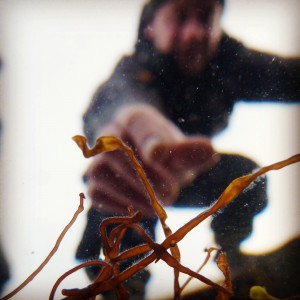
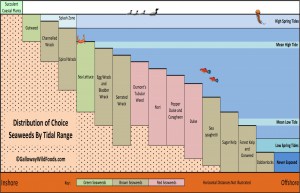
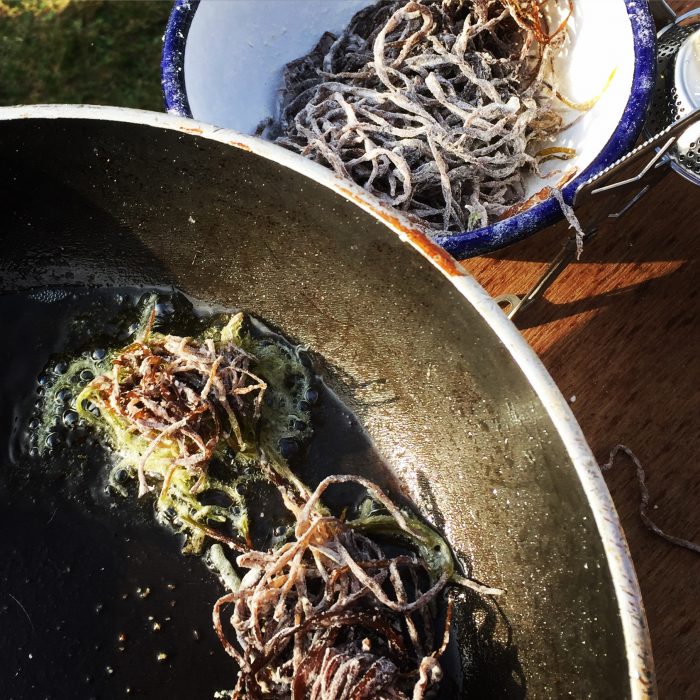
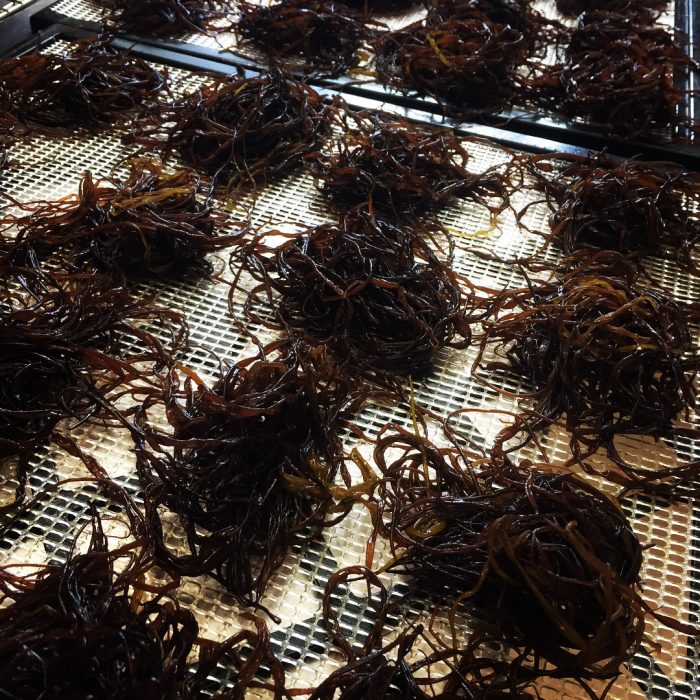
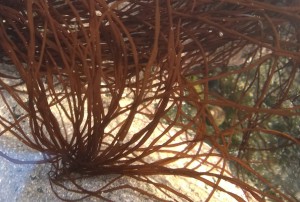
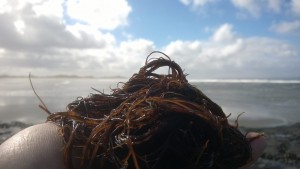
1 Comment
Thank you.. loved this
I went on a research trip to Fife with a well known forager there as I’m working a book about seafood… this was super helpful.